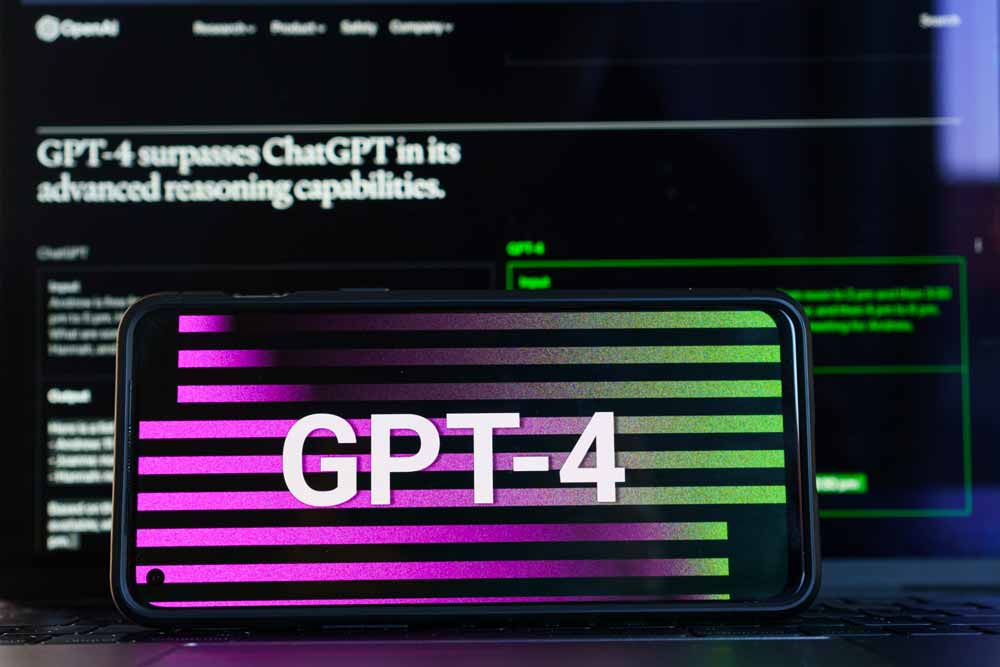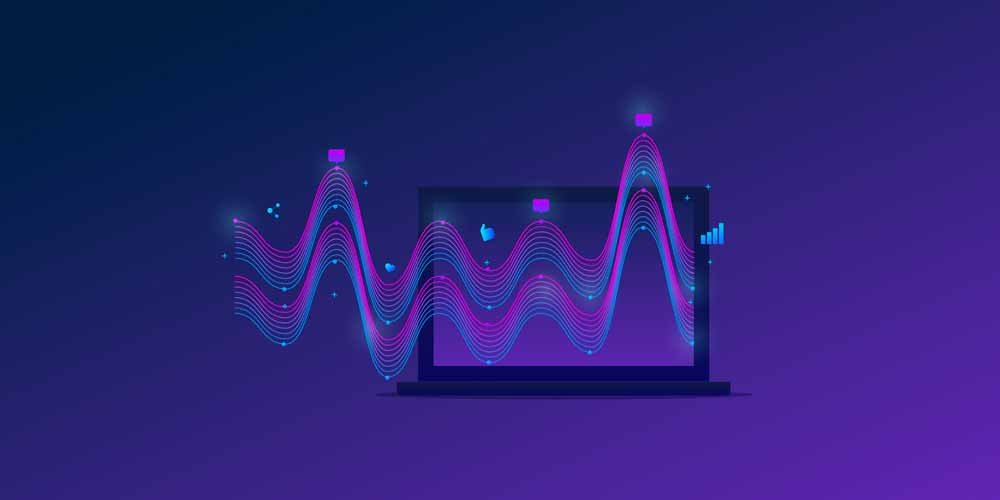Tabella dei contenuti
Lead Generation is the set of contacts of both a B2B and B2C e-commerce site. The Business To Business (company that sells to other companies), and the Business To Client (company that sells to end customers) are two market categories with many points in common, but which use different strategies.
Each e-commerce needs new contacts, the so-called leads, to be able to cultivate an ongoing relationship with them through targeted promotional communications, created ad hoc, based on the characteristics and purchase needs of each lead.
To acquire a valid Lead Generation it is therefore necessary to group names and obtain their data, which are used to plan a conversion funnel. The user who visits a website should first become a lead and consequently a buyer or better still a loyal customer.
Although the marketing campaigns for B2B and B2C are almost the same, before going into planning any strategy it is good to clarify the differences between B2B and B2C.
In B2B marketing campaigns, it must be taken into account that the customer is a company, which, seeing an online advertisement that sponsors products or services, could only make a purchase if it meets their professional needs.
The company does not make any kind of word of mouth, it would never contact the competition to recommend the product or service seen on an advertisement or directly on an e-commerce.
The motivation that drives the company to buy something online is always to improve its profit.
In B2C marketing campaigns, on the other hand, the user who sees the advertisement could be the end customer of the e-commerce, but could also recommend this purchase to another person, through word of mouth which, on the other hand, almost never occurs in the case of B2B.
For the consumer, the motivation to buy is often a personal one, with what he buys he wants to improve his life or recommend such improvement to someone.
The online purchasing process that occurs with B2B and B2C is therefore different.
B2B client companies often do research on their possible purchases, viewing reviews and exploring alternatives in order to understand whether or not to buy the item for sale.
Since the budget of the companies is established by various stakeholders involved, the purchase times of the companies are almost never fast, but rather tend to last over time.
The single consumer of B2C, on the other hand, is a customer who often wants to immediately have all the information on his possible purchase, wants to convince himself to buy through reviews and comparing with other similar products or services. Unlike the company, the consumer could make a purchase at any moment.
How to acquire lead generation in B2B: the conversion funnel
The acquisition of lead generation in B2B is based on trust. The conversion funnel of an e-commerce that wants to sell something is characterized by 4 main phases:
- online traffic creation,
- identification of qualified prospects (ideal target),
- contact to customer conversion,
But as mentioned above, companies never buy something out of the box. So in the case of B2B, the conversion funnel should be efficient content marketing tools.
An e-commerce that wants to attract leads can communicate with them through copywriting, content writing, blogs, social networks, sms and whatsapp messages, all online communication methods that if planned correctly and strategically, bring traffic, contacts and business.
An e-commerce must always offer its users authoritative, precise and demonstrable information.
Both on the e-commerce site and on newsletters as on blog posts or social posts, elements of social proof are therefore essential (customer reviews or testimonials, citations from authoritative sources or press reviews), qualitative and quantitative sector research, case histories, tutorial.
To the industry experts who represent their prospect, all these insights and technical details never go unnoticed.
When getting conversions with B2B, the value of the lead is directly proportional to the monetary value of what is being sold. In these cases, the return on investment on each individual purchase is therefore very high.
How to acquire leads and customers in B2C: The conversion funnel
Acquiring leads and customers in B2C isn’t easy, but if the prices are affordable, then the conversion funnel can be faster.
When dealing with a customer, the most suitable persuasive marketing levers, to be used in the content that the potential customer must read, are:
- levers of urgency (buy now at a discounted price)
- shortage levers (buy now for low stock)
- the sense of belonging to a universe of values (the meanings of the brand and the reference niche)
- exclusivity and value proposition (how the brand differs from the competition).
When the proposed figures are high, for example in the case of sectors such as real estate, automotive, training, banking and other sectors, it is advisable to use a valid lead nurturing strategy (nutrition of contacts).
In addition to e-mails, blog posts, social posts, there are other elements of content marketing such as webinars, white papers, case histories that manage to keep the relationship between e-commerce and customer alive, and can also be given to users in return. of your registration on the site. These elements are called Freebie or Lead Magnet because they help the website to get new leads and to “feed” them with new content.
How to segment leads to understand what to propose to them in the future? Through the analysis of online behavior, or by monitoring visits to the site, web pages, the source of traffic whether organic, inorganic, social or PPC, preferences and frequency of purchase.
There are also differences between cold lead (who hasn’t started a buying process yet) and hot lead (who started the buying process and then left the cart page).
If the relationship with the cold lead is to be cultivated using the content marketing strategies mentioned above, the relationship with the hot lead must instead be recovered by adopting a remarketing strategy (also called retargeting).
Remarketing is a lead retrieval strategy through Google Ads, Facebook Ads and other social ads.
When the lead browses other sites and uses social networks, Ads appear inviting the contact to return to the abandoned cart page and complete their purchase.








